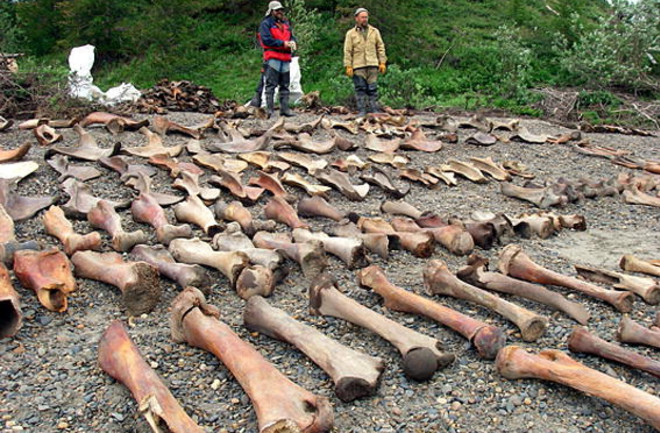The Arctic Circle — during the Ice Age — may not seem like a suitable place for human habitation.
And until recently, archaeologists would have agreed: Many thought the far north remained unpopulated until after the last glacial period began to wane, some 18,000 years ago.
But archaeological discoveries in Siberia, made in the last two decades, have overturned this view. Sites frozen in the banks of Russia’s Yana River reveal that a sophisticated culture lived north of the Arctic Circle 30,000 years ago.
We’re just beginning to learn who these northern pioneers were, and how they adapted to life on frozen lands.

